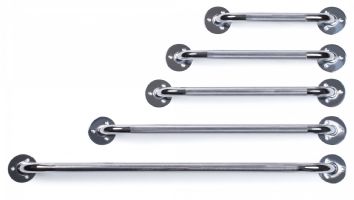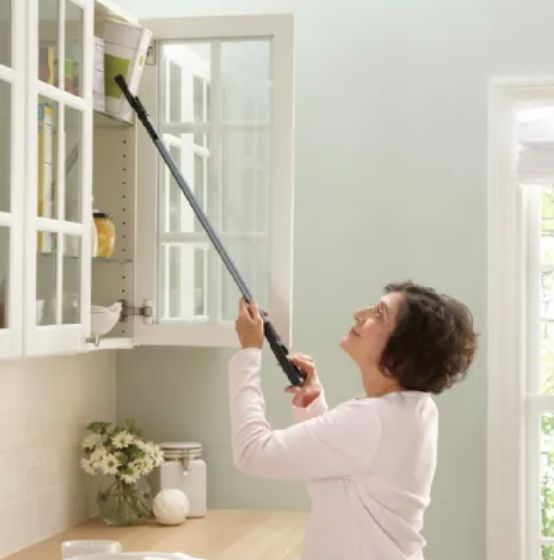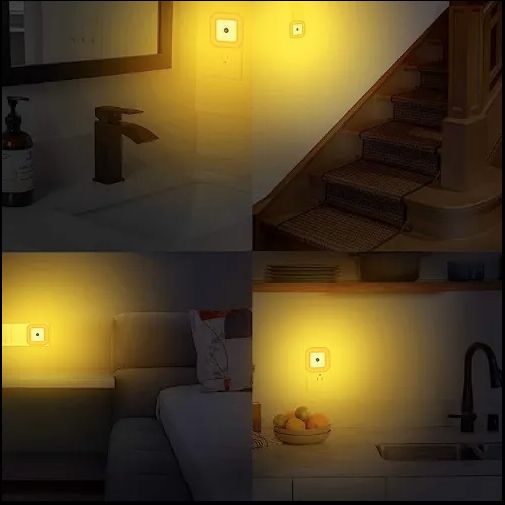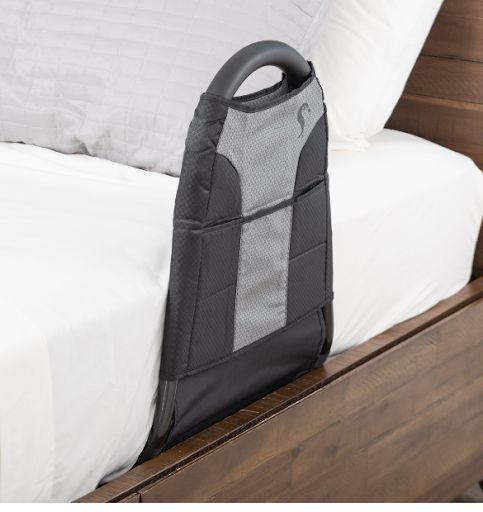 Written by Susan Griffitts, MSN, RN, FCN
Written by Susan Griffitts, MSN, RN, FCN
Enabling older adults to remain independent and keep to a familiar schedule, aging in place is often a preferable, more comfortable option than living in a care facility, and is usually much more affordable as well. But to ensure safety and accessibility as needs and abilities change, some modifications may be required. We’ve compiled a list of the 5 best inexpensive home modifications from our experts here at RehabMart.
It’s important to determine the level of support one will need when considering aging in place. Even if finances are low, there are some simple but effective options to consider when modifying a home to be safer and more accessible for aging in place.
By remaining in the same community and the recognizable day-to-day surroundings, there is no question that living in a familiar home is the most comfortable choice. Demonstrating better health outcomes than seniors who live in nursing homes, those who choose to age in place at home tend to have a better quality of life. Living at home also insulates older people from the viral and bacterial risks often inherent in senior living facilities, reducing the chance of contracting a serious illness.
Promoting life satisfaction and self-esteem, aging in place gives the elderly an irreplaceable level of privacy, autonomy, and comfort, enabling seniors to remain happy and healthy. With today’s technological advances, it’s easier than ever to find the tools needed to create a home space that is safe, convenient, and accessible.
If the home is older or is smaller than average, the modifications required to make it safe and accessible for aging in place may become too extensive. But for most people, there are a number of viable options to utilize that are quite affordable and won’t break the bank. When almost two-thirds of older adults cannot afford to live in a skilled nursing facility for even one year, aging in place is a much less expensive choice.
Recent research shows that aging in place offers potential cost savings at the individual, state, and federal levels, along with benefits that extend beyond the financial, including social and emotional benefits. In addition, an understanding of the specific challenges older adults have with maintaining a house can guide modification needs to support the desire to age in place. Safety and accessibility are the key points to keep in mind when considering updating a home for aging in place.
Notoriously one of the most dangerous rooms in the house, bathrooms tend to have wet, slippery surfaces that can be challenging for even the most able-bodied users. Installing grab bars in the bathroom is a simple and inexpensive way to optimize safety for aging in place. This common home modification can help seniors who struggle with:

Available in a wide range of sizes and styles, support products like a bathroom grab bar around a toilet and along the side of the wall can be installed horizontally, vertically, or diagonally to provide a secure handhold and support for elderly users. Portable options, like the Tile Grip Portable Suction Grab Bar conveniently deliver solid support that can detach and attach as needed for home and travel. A wide variety of grab bars exist in the market for less than $100.
 | Lumex Bathroom Grab Bars From Graham Field View Product |
We recommend: Lumex Bathroom Grab Bars from Graham Field
Aging comes with its challenges and the body may not function the way it used to.

All of these factors can diminish mobility, making it harder to accomplish activities within day-to-day tasks. Fortunately, there is a wide range of daily living aids that include self-care equipment and assistive devices to make it easier to remain independent and to age in place. From adaptive utensils and kitchen gadgets to door knob extenders and reacher tools, independent living aids also include clothing/dressing aids, grooming/hygiene helpers, and so much more. Innovative technology has helped to create a solution for every daily living need and can generally be found relatively inexpensively.
 | LeverExtender Recliner Handle Extension View Product |
We recommend: LeverExtender Recliner Handle Extension
When caring for someone with dementia or Alzheimer’s disease, the person’s tendency to wander and get lost in their confusion, potentially falling and/or hurting themself becomes a major safety concern. Patient safety alarms are simple devices that optimize safety for the patient and peace of mind for the caregivers. Helping to prevent unwanted mobility, these specially designed alarms monitor patient movement, alerting the caregiver when this happens.
The alarms can be placed on:

While some more tech-intensive patient safety alarms can get a bit pricey, there are many available that are actually pretty easy on the wallet while still remaining effective for the core purpose.
 | Smart Sensor Senior Medical Alert System with Fall Detection | Elderly Monitoring with No Monthly Fee View Product |
We recommend: Smart Sensor Senior Medical Alert System with Fall Detection | Elderly Monitoring with No Monthly Fee
Adding a little light can make a huge difference in creating a safer aging-in-place environment. Using motion-sensitive night lights by the bed, in the hallway, and in the bathroom helps seniors see better at night when getting ready for bed and when getting up to use the bathroom.

As an inexpensive modification, adding more light to areas that tend to be dim, like living rooms, basements, and walk-in closets also optimizes safety for aging in place.
 | Nobi Smart Lamp System for Aging in Place View Product |
We recommend: Nobi Smart Lamp System for Aging in Place
Enhancing quality of life for people aging in place, safety rails assist with mobility function. Also known as side rails, and bedside rails, this simple modification is available in multiple sizes, shapes, and styles to suit unique user requirements.

These enable seniors to live more independently, reducing the need for caregiver assistance while aging in place. It’s important to choose bed rails that are compatible with the bed frame or mattress it’s used for.
 | Bed Assist Rail - Bedside Econorail from Stander View Product |
We recommend: Bedside Econorail Bed Assist Rail System
Defined as the ability to live in one’s own home and community safely, independently, and comfortably, regardless of age, income, or ability level, aging in place is a goal most of us have for our golden years. Generally safer and more affordable than skilled nursing or assisted living facilities, staying in a familiar home as long as possible will tend to make you a healthier, happier senior.
Although some homes may require extensive remodeling to make them safe and accessible for aging in place, we shared some very simple, basic home modifications for aging in place on a budget. This article has covered many various concerns with aging in place: from installing bathroom and bedroom railings to simply changing lightbulbs to be brighter, automatic, and generally more functional for an aging senior, to covering concerns about the safety surrounding memory loss. These daily living aids are affordable options designed to help everyone age in place gracefully and without worry.
Thanks for taking the time to learn more about this popular topic, and be sure to check out other helpful articles about aging in place at our Caregiver University blog.

After battling (and winning) cancer, Susan changed careers from being a paralegal to nursing. This decision was a direct result of the care received during her battle and all of her healthcare providers taking an interest in her as a person and not just a diagnosis. Thanks to those amazing experiences, this is the way Susan approaches nursing and caring for her patients. She is passionate about caring for all individuals but her primary focus is providing relief from the symptoms & stress of serious illnesses, the process of aging, and the particular problems of seniors.
Susan lost her right leg above the knee, to cancer, in 2013. Since that time, she has been very active in the amputee community helping to bring awareness and independence to other amputees. Read how Susan helped shape the future of new prosthetic devices.